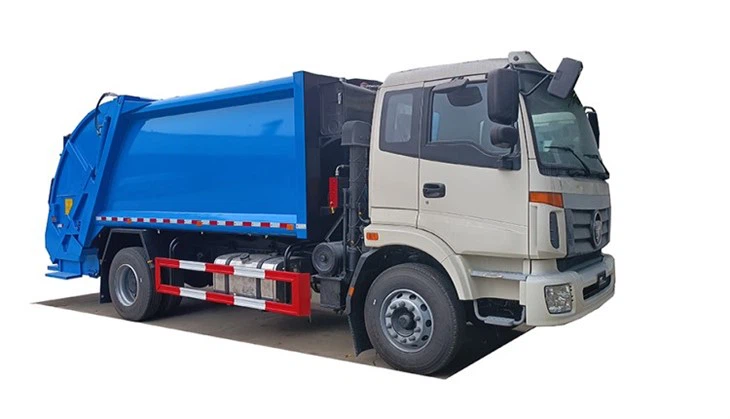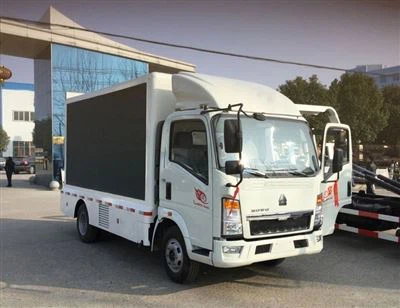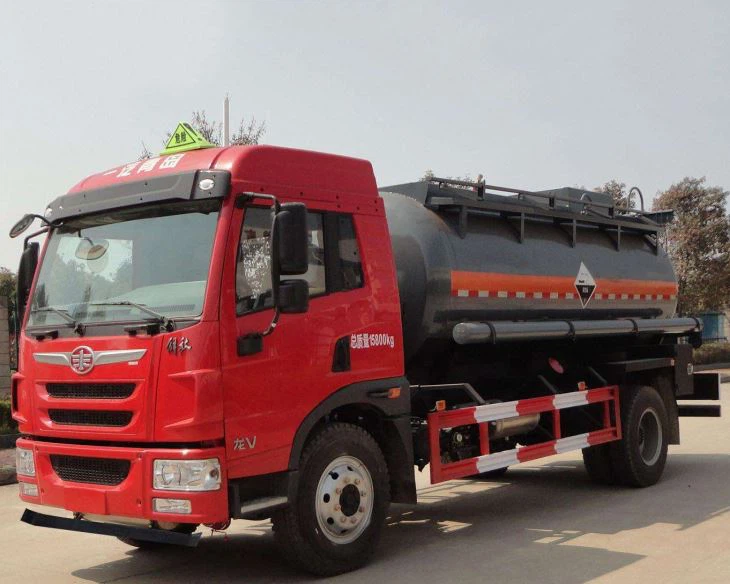Buy Fuel Tanker: A Comprehensive Guide to Choosing the Right Fuel Tanker for Your Needs

Purchasing a fuel tanker is a significant investment, whether you’re a business owner seeking to streamline your operations or an entrepreneur looking to enter the fuel distribution market. In this comprehensive guide, we will explore the critical aspects of buying a fuel tanker, helping you make an informed decision that suits your requirements and budget. We’ll cover everything from types of fuel tankers to essential features, legal considerations, maintenance tips, and much more.

Understanding Fuel Tankers
Fuel tankers are specialized vehicles designed to transport fuel safely and efficiently. They come in various sizes and configurations, depending on the type of fuel they transport and the distance they cover. Understanding the nuances of fuel tankers is crucial to making an informed purchase.
Types of Fuel Tankers
There are several types of fuel tankers available in the market. Understanding these can help you select the best one for your needs. Here are the most common types:
- Road Tankers: These are designed for transporting fuels overland, typically with a capacity of 2,000 to 10,000 liters.
- Terminal Tankers: Used for short-distance transportation between refineries and storage facilities, these tankers usually have larger capacities.
- Rail Tankers: Suitable for transporting fuels over long distances by rail, rail tankers can carry significant volumes of fuel.
- Marine Tankers: These large vessels are designed for transporting fuel over oceans and seas, often having capacities of tens of thousands of liters.
Factors to Consider When Buying a Fuel Tanker
When considering the purchase of a fuel tanker, several factors should be taken into account:
1. Capacity and Size
Determine the capacity you need based on your operations. For example, a small business may need a tanker that holds around 2,500 liters, while a large distribution company might require a tanker with capacities of up to 30,000 liters.
2. Compliance and Regulations
Familiarize yourself with local, state, and federal regulations regarding the transportation of fuels. Compliance with safety standards is crucial to avoid potential fines and ensure safe operations.
3. Type of Fuel
Identify the type of fuel you will be transporting (diesel, gasoline, biofuels, etc.), as this will affect your choice of tanker.
4. Budget
Consider your budget carefully. New tankers can be costly, while used tankers may present more affordable options but can come with unseen maintenance issues.
5. Manufacturer Reputation
Research and choose reputable manufacturers known for quality and reliability. Checking reviews and testimonials can guide you toward trustworthy brands.
New vs. Used Tankers
Deciding between new and used fuel tankers is one of the most critical choices you’ll make. Each option comes with its own set of advantages and disadvantages.
Advantages of New Fuel Tankers
- Latest technology and features.
- Customizable to fit specific needs.
- Full warranty and after-sales support.
Disadvantages of New Fuel Tankers
- Higher upfront cost.
- Depreciation starts immediately.
Advantages of Used Fuel Tankers
- Lower price point.
- Potential for quicker purchase as they are often available immediately.
Disadvantages of Used Fuel Tankers
- Possible hidden mechanical or compliance issues.
- No warranty in many cases.
Essential Features to Look For
When selecting a fuel tanker, ensure it includes these essential features:
Safety Systems
Look for tankers equipped with safety features such as:
- Pressure Relief Valves: To release excess pressure and prevent explosions.
- Anti-surge Systems: To control the movement of fuel inside the tanker.
Metering Systems
Accurate metering systems are necessary for tracking fuel volume and preventing losses.
Material Quality
Tankers should be constructed from high-quality materials that resist corrosion and leaks. Stainless steel and aluminum are commonly used materials.
Fittings and Valves
Ensure the tanker has high-quality fittings and valves that can withstand high pressure and temperature.
Legal Considerations
When buying a fuel tanker, understanding legal considerations is crucial. Here are some key aspects:
Licensing Requirements
Ensure you have the correct licensing and permits to operate a fuel tanker. This can include a Commercial Driver’s License (CDL) and hazardous materials endorsement.
Insurance
Get appropriate insurance coverage. Fuel tankers require specialized insurance policies to cover potential spills, accidents, and legal liabilities.
Compliance with Environmental Regulations
Be aware of environmental regulations regarding fuel handling and spills. Failure to comply can result in hefty fines.
Maintenance and Care for Your Fuel Tanker
Proper maintenance of your fuel tanker is vital for ensuring safety and functionality. Here are practical maintenance tips:

Regular Inspections
Conduct regular inspections to identify potential issues early. Check for leaks, corrosion, and the condition of fittings and valves.
Cleaning
Inspect and clean the inside of the tanker periodically to prevent contamination of the fuel.
Oil Changes
Regularly change the oil in your tanker to ensure the engine runs smoothly.
Documentation
Keep detailed records of inspections, maintenance, and repairs for compliance and future reference.
Where to Buy Fuel Tankers

Finding a reputable source for purchasing fuel tankers is essential. Here are some options:
Dealerships
Purchase from authorized dealerships to guarantee quality and support services.
Auction Sites
Look for fuel tankers on auction websites, but ensure you thoroughly inspect the vehicles before bidding.
Online Marketplaces
Websites like eBay and specialized industrial supply websites often have listings for both new and used fuel tankers.
Practical Examples and Tips
Here are some practical examples and tips to help when buying a fuel tanker:
Example 1: A Small Business Purchase
A small landscaping company transports gasoline for its equipment. The owner decides to buy a used road tanker with a capacity of 3,000 liters to save costs. They focus on a reputable source and ensure compliance with local regulations.
Example 2: A Growing Distribution Company
A larger fuel distribution business is expanding and decides to purchase a new terminal tanker. They work closely with manufacturers for customization. They also prioritize safety features and metering systems to improve operational efficiency.
Tip: Always Inspect Before Buying
Whether purchasing new or used, always conduct an in-person inspection. Look for signs of wear, rust, and functional integrity.
Frequently Asked Questions (FAQ)
1. How do I determine the right size fuel tanker for my needs?
Consider your transportation volume needs and the distance you will cover. Analyze your typical workload and plan accordingly.
2. What should I expect during the inspection of a used fuel tanker?
You should examine the exterior and interior for any physical damage, check for leaks, and ensure all safety features are functional.
3. Can I finance a fuel tanker purchase?
Yes, many dealerships offer financing options. You may also explore loans specifically designed for commercial vehicle purchases.
4. What modifications can be made to a fuel tanker?
Common modifications include adding additional safety systems, upgrading metering systems, or adjusting the configuration based on specific needs.
5. How often should I perform maintenance on my fuel tanker?
Regular maintenance should be conducted as per the manufacturer’s guidelines, which typically recommend inspections at least once a month and detailed servicing annually.
6. What type of insurance do I need for my fuel tanker?
You’ll need commercial vehicle insurance and additional coverage for hazardous materials to protect against potential liabilities and accidents.
